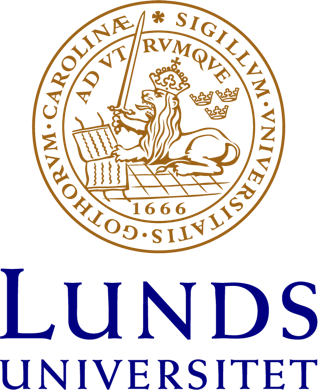The Ontogeny of the Embryonic, Fetal and Infant Human Umwelt
Morten Tønnessen, Associate professor in philosophy at University of Stavanger
In this lecture I will outline the three first stages – namely the embryonic, fetal and infant stage – of the lifespan of our subspecies Homo sapiens sapiens in Umwelt terms. Umwelt transitions, defined as lasting, systematic changes within the life cycle of a being from one typical appearance of its Umwelt to another (Tønnessen 2009), will be identified. Comparison will be made with the general, shared Umwelt of mammals (Mammalia). This enables us to pinpoint some uniquely human developmental traits.In terms of the tripartite Umwelt model (Tønnessen 2011), the lecture will cover the early development of the core Umwelt and the mediated Umwelt, and the initial emergence of a conceptual Umwelt. The designated phase(s) of human development envelops the gradual emergence of various senses, the emergence and fine-tuning of Umwelt objects, early phases of human individuation, and early sociality.
Birth, the individuation event
per se, arguably represents the most significant of all Umwelt transitions at the organismic level. But by that point the more-than-human Umwelt gradually becoming human has already developed for some nine months. What – if anything – is it like to be an embryo? And what is it like to be a fetus? And an infant? When and how does subjectivity first make its appearance in the life of a human being?
In the womb, the Umwelt of the embryo and later the fetus is intimately tied to that of the mother. Which, then, is the most useful term in this analysis – communication (between the two), or auto-communication (within the whole that is the pregnant woman)? To a large extent the same can be said about the infant Umwelt – the mother-and-child (and perhaps the mother-and-father-and-child) Umwelt
assemblage is an ecosystem of sorts. The mother is the progeny’s first landscape, and the mother’s body (or rather body-landscape) represents Earth, nature, as first perceived. Human sociality, on its side, emerges gradually, starting in the fetal stage, perhaps when the voices from beyond our first landscape are first heard and engaged with. We start interacting with others long before we become aware of who we are.
References
- Tønnessen, Morten 2009. Umwelt transitions: Uexküll and environmental change. Biosemiotics2(1): 47-64.
- Tønnessen, Morten 2011. Umwelt Transition and Uexküllian Phenomenology – An Ecosemiotic Analysis of Norwegian Wolf Management (Dissertationes Semioticae Universitatis Tartuensis 16). Doctoral dissertation. Tartu: Tartu University Press. 232 pp. Extensive introduction available online (http://dspace.utlib.ee/dspace/bitstream/handle/10062/19250/tonnessen_morten.pdf?sequence=1).
